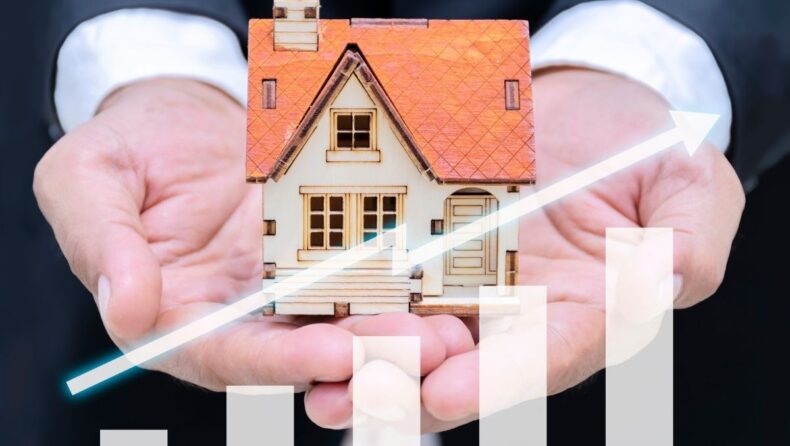According to a review of their earnings calls following their third quarter results, top developers such as Godrej, DLF, Sobha, Oberoi, Lodha, and Mahindra have boosted prices quarter after quarter. They stated that the price increase had had no effect on sales.
Due to strong demand and a significant increase in raw material prices, listed real estate developers have hiked residential unit prices by up to 10%.
According to a review of their earnings calls following their third quarter results, top developers such as Godrej, DLF, Sobha, Oberoi, Lodha, and Mahindra have boosted prices quarter after quarter. They stated that the price increase had had no effect on sales.
During the third quarter analysts call last month, Godrej Properties managing director and CEO Mohit Malhotra remarked, “We have boosted pricing across projects and in most of the geographies.”
“The majority of these price increases were implemented to protect against cost inflation, which has already occurred. Last year, there was a significant increase in cost inflation.”
Construction expenses for current projects climbed by 9% between January 2020 and December 2021, according to JLL India, while overall costs for new projects increased by 13%.
Single-digit price increases, according to ICICI Securities, are sustainable and healthy because they safeguard margins, motivate developers to launch new projects, and offer customers confidence in purchasing a new house. “Across our portfolio, we have a discipline of increasing prices by 1.5 percent to 2% per quarter,” says the company.
Mahindra Life spaces’ MD and CEO, Arvind Subramanian, stated. “This gives first-time customers assurance in their decision.” The rapid increase in the cost of practically all building materials, including steel, cement, copper, plastics, and aluminium, has resulted in a 10% increase in construction costs in the last year.
To compensate for this, we have increased prices by additional 3–4%.” DLF has also raised pricing across the board. “We expect more margin expansion for our projects with increased volume and well-timed price hikes,” the business stated.
DLF officials claimed during the Q3 results call that sensible pricing hikes in accordance with market acceptability had raised sales potential to Rs 47,000 crore, with a value enhancement of 17% driven by price rise.
Sobha, another developer, said it is raising pricing in some of its projects by 2-3 percent on a quarterly basis to offset rising input costs and take advantage of rising demand.
“Input costs increased in the same period; however, at Sobha, we were able to raise prices across several projects,” J C Sharma, vice chairman and managing director of Sobha, said last month during the company’s third quarter investor call.
“We’ve been communicating over the past two quarters or so that discounts and price reductions are no longer available, and we’ve begun selectively accepting price increases.”
INDIAN REAL ESTATE MARKET
The Indian residential real estate market has consolidated, with larger, organised developers holding a 25 percent market share of residential sales value in FY21, up from 11 percent in FY17. According to Lodha Group, prices have increased by roughly 5% on average across the portfolio in the first nine months, with some sectors of the business seeing even higher growth of 8% to 9%.
“For the full year, we expect the portfolio to have a price growth in the range of about 6%,” Abhishek Lodha, MD and CEO of Lodha Group, said during the investors call.
“We believe this will lead to demand continuing to strengthen because as prices move up at a moderate pace, the desire for home ownership accelerates and we start seeing and have started seeing better conversion levels.”
According to Ana rock statistics, listed developers’ residential projects saw the most price growth in the range of 5-12 percent from Q3FY20 to Q3FY22.
SPIKE IN THE PRICE
“As prices rise, developers would be forced to pass these increases on to their customers by boosting pricing,” said Kamal Singal, MD and CEO of Arvind Smart Spaces Ltd. “We predict property prices to climb in the foreseeable future as input costs continue to rise.”
“As prices rise, developers would be forced to pass these increases on to their customers by boosting pricing,” said Kamal Singal, MD, and CEO of Arvind Smart Spaces Ltd. “We predict property prices to climb in the foreseeable future as input costs continue to rise.”
With large rises in land acquisition charges, notable employee/labours compensation gains, and higher input cost product, more price hikes are inevitable, according to the management of these organisations.
Published By – Vanshu Mehra
Edited By – Kritika Kashyap













